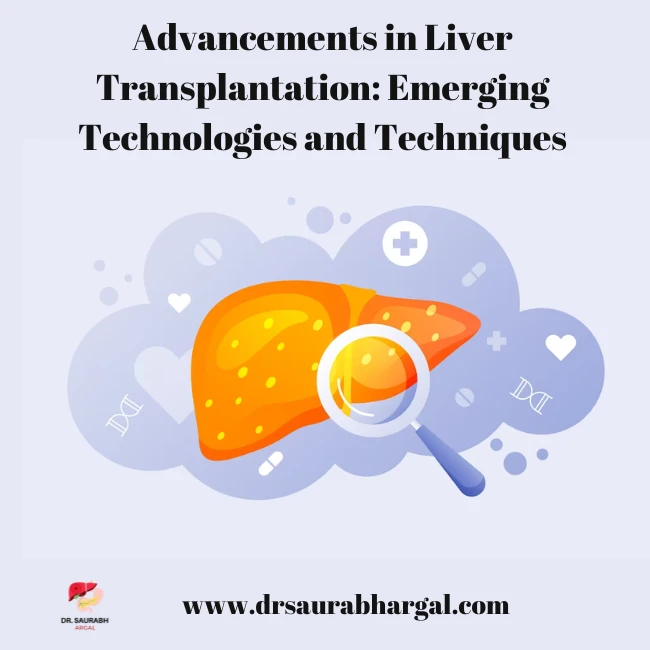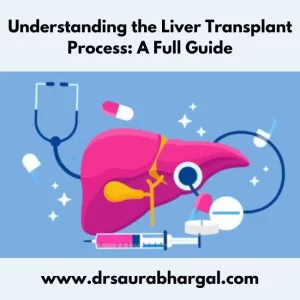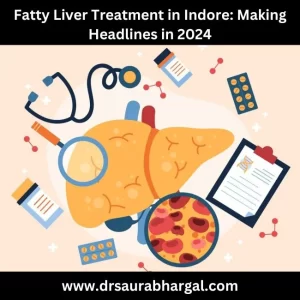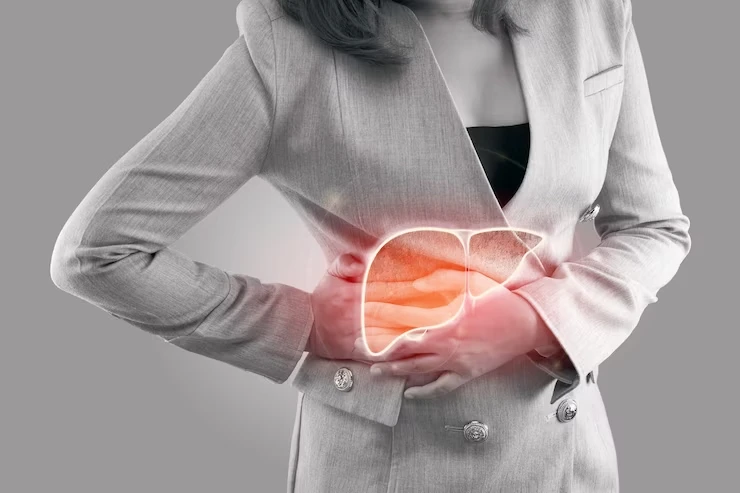Liver transplantation has been a life-saving procedure for patients with end-stage liver diseases. Over the years, advancements in medical technology and surgical techniques have significantly improved the success rates and outcomes of liver transplants. In this blog post, we will explore some of the emerging technologies and techniques that are shaping the future of liver transplantation.
Table of Contents
ToggleMachine Perfusion
One of the most promising advancements in liver transplantation is machine perfusion. Traditionally, donor livers were preserved in cold storage before transplantation. However, machine perfusion involves connecting the donor liver to a specialized machine that pumps oxygenated blood and nutrients through the organ. This technique helps to maintain the liver’s health and viability outside the body, increasing the chances of a successful transplant.
Machine perfusion also allows for the assessment of the liver’s condition before transplantation. This real-time monitoring helps surgeons make more informed decisions about whether the liver is suitable for transplantation, reducing the risk of complications post-transplant.
Normothermic Perfusion
Normothermic perfusion takes machine perfusion a step further by maintaining the liver at body temperature during preservation. This approach mimics the conditions inside the human body and has shown promising results in improving the quality of donor livers. Normothermic perfusion reduces ischemic injury, a common problem with cold storage, and allows for extended preservation times, making it possible to transport livers over longer distances.
Ex Vivo Liver Machine
The ex vivo liver machine is another groundbreaking technology. It involves removing a donor liver, placing it in a specialized machine, and then repairing and revitalizing the organ outside the body. This technique can be especially beneficial for livers that are initially deemed marginal or unsuitable for transplantation. By providing an environment for repair and regeneration, the ex vivo liver machine expands the pool of viable donor organs and reduces the risk of graft failure.
3D Printing and Bioprinting
Innovations in 3D printing and bioprinting have also found their way into liver transplantation. Researchers are exploring the possibility of creating artificial or bioengineered livers using 3D printing techniques. While this technology is still in its early stages, it holds great promise for addressing the shortage of donor organs and reducing the risks associated with rejection.
Immune Tolerance Strategies
Liver transplantation often requires patients to take immunosuppressive drugs for the rest of their lives to prevent rejection. Emerging research in immune tolerance strategies aims to reduce or eliminate the need for long-term immunosuppression. Techniques such as chimerism, where a recipient’s immune system is partially replaced by the donor’s immune cells, are being investigated as potential solutions. Achieving immune tolerance would not only improve the quality of life for transplant recipients but also reduce the risk of complications.
Conclusion
The field of liver transplantation is undergoing a remarkable transformation thanks to emerging technologies and innovative techniques. Machine perfusion, normothermic perfusion, ex vivo liver machines, 3D printing, and immune tolerance strategies are revolutionizing the way we approach liver transplantation. These advancements hold the promise of increasing the availability of donor organs, improving the quality of transplanted livers, and enhancing the overall success rates of liver transplantation.
As these technologies continue to evolve and mature, patients suffering from end-stage liver diseases can look forward to a brighter future with better chances of receiving a life-saving transplant and enjoying a higher quality of life post-transplant. The ongoing research and development in this field underscore the commitment of the medical community to save lives and push the boundaries of what is possible in the world of organ transplantation.








